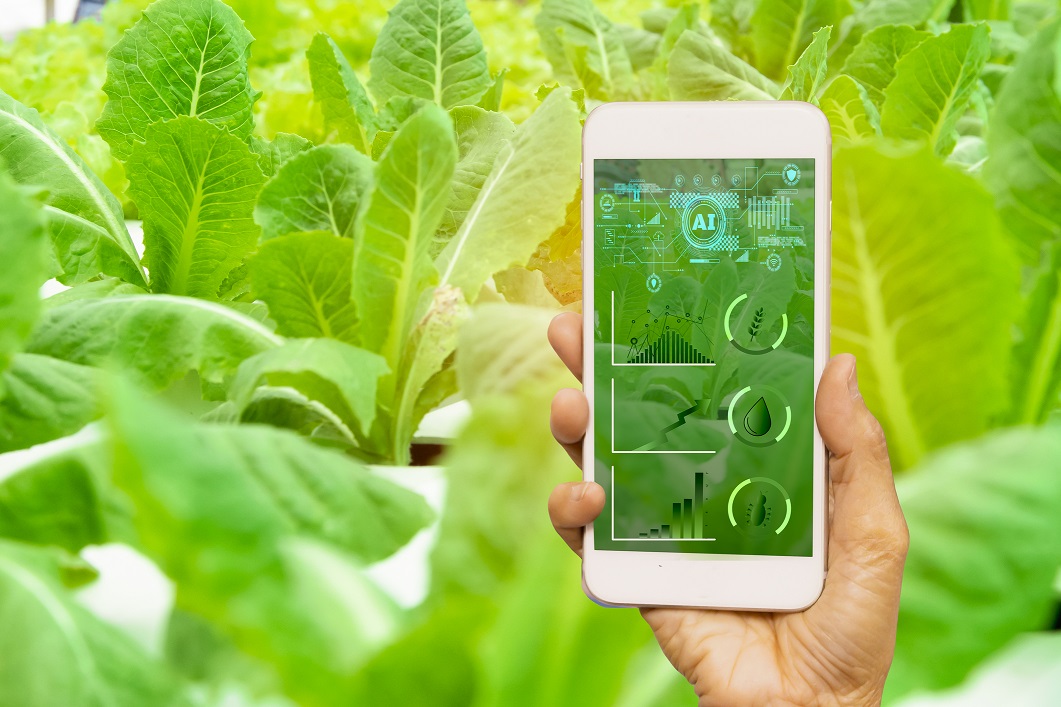More companies (large and small) are investing in smart product development. Customers are interested in smart products because they make their lives easier. If we look specifically at just smart home products, that market alone is expected to grow to $151.4 billion by 2024, representing a Compound Annual Growth Rate (CAGR) of just over 12 percent from 2018 numbers.
Do you have an idea, but don’t know where to start with smart product design? Our FAQ provides answers to some of the most common questions we get on smart product development.
Q: Is my idea for a smart product a good one?
A: Once you have an idea for a smart product, the most important step to take before you do anything else is to determine whether or not there is a need or desire for your product. Conduct extensive research on the market and competition. Does a product similar to yours already exist? If so, how successful is it? Are customers perfectly happy to “do nothing” instead of buying your product? What will your product offer to differentiate it from existing products in the market? Given the real cost of development and parts, does it make financial sense to build and try to sell this product? The answers to these questions will help you make an informed decision as to whether it makes logical business sense for you to create a product and take it to market.
Q: How do I make sure my smart product adds value to end users?
A: The answer to this question is in your users’ minds. If you’re building a smart home product, your end users might be consumers. If you’re building a smart product for an industrial setting that will make it easier for employees to monitor machinery or record critical information about assets, your customers are obviously business managers and employees. Regardless of who your users are, you need to talk to them. Ask them which features and functionality are most important. What do they want from a product such as yours that isn’t being offered by the competition? If you have a prototype they can interact with (which we highly recommend you build), gather their feedback and incorporate it into the product before you move to development.
Q: What are the most common limiting factors to consider in smart product design?
A: There are four primary factors to consider when designing a smart product. All must be weighed and carefully balanced to achieve success.
- Power – Depending on where and how your smart product will be used, low power may be a priority. While consumers are used to plugging in their smartphones every night, this is certainly not the case for other types of items. People don’t want to have to recharge their wireless alarm system components constantly, and products in use in remote locations without a power source demand low-power sensors, wireless technologies, and long battery life.
- Connectivity – What type of connectivity will be available to the smart product when in use? If your product is going to be deployed in an agricultural setting, connectivity will be much poorer as compared to a product being used in a residential home. There are many forms of wireless data communication; which is right for your product?
- Environment – If your product will be used in a harsh environment (outdoors, extreme temperatures, wet environments), the sensors and hardware used for design and the packaging they are contained in must be able to withstand these conditions.
- Budget – Success is determined not just by functionality, but also by cost—and what you can charge for the product. If you have a set budget for a project, you need to balance features and design with the cost. A particular embedded sensor, for example, may deliver on function but put you over budget. There may be some hard choices to make along the way.
Q: What are the steps in smart product design and development?
A: Each project is unique, but there are general guidelines you can follow for smart product design and development:
Step 1: Build the business case – Why do you want to build this smart product? Is there a market for it? What is the expected ROI?
Step 2: Identify the project constraints and parameters – What are the power, connectivity, environmental, and budget requirements for the project? What type of communications infrastructure is available? How much data needs to be transmitted and how will it be transmitted?
Step 3: Select the best software, hardware, and embedded sensors – Using the right technology is the key to success. Sensors may already exist that you can use for your product, but they may be out of your price range or unable to operate in the required environment. The decision to buy or build should not be taken lightly, so you may want to consult with outside experts to ensure you make the best choices.
Step 4: Think about security – Security should be addressed from day one and remain a priority throughout the development process and beyond. Every aspect of the smart product—sensors, hardware, software, connectivity, data transfer—must be secured. This may very well involve authentication and encryption of data both at rest and in transit.
Step 5: Prototype – Build a prototype that you can test with end users and gather feedback. If your smart product will be replacing an existing product (on your factory floor, for example), compare results from your smart version with your existing model to make sure you’re getting an ROI. If you’re not getting an ROI or positive user feedback, refine until you do.
Step 6: Scale – You are now ready to fully build your smart product and take it to market. You’ll need to identify and engage a manufacturing partner for the product to build it in quantity. Proper attention should be given to testing and quality assurance—both by your manufacturing partner and internally—during the build process. Consider the value of building dedicated automated test fixtures.
Step 7: Maintain and evolve – Maintaining your smart product includes security updates and correcting any issues that may arise once the product is in large-scale use. If the product is well-used, you will likely get requests for new features or upgrades, which you can add in over time. (Remember, during design, to consider the need for over-the-air updates of your product when it’s out in the field.)
Q: What skills and capabilities does my team need to design a smart product?
A: Designing for the Internet of Things (IoT) requires software and device hardware to speak to each other. The right sensors must be selected to ensure your product functions properly. This work is best performed by a team of embedded systems engineers. But it takes more than engineers to build a smart product. Design, prototyping, user and security testing, quality assurance, roll-out, and product maintenance are just as important, making a well-rounded team critical for success.
Q: What if I don’t have the resources I need in-house?
A: You may have some team members on staff who have the skills required to design and develop your smart product. But perhaps their time is already committed to another project. Or maybe you need a few additional resources to round out the team, either in terms of numbers or skill set. An IoT consulting company can provide the expert resources you need to see the job to completion. An embedded systems engineering consulting company can provide guidance at any or all points in the design and development process, from ideation to system design and taking the product to market. Working with the right consulting company provides several benefits on a smart product design project:
- You can select the number and type of resources you need for the job.
- You benefit from the expert knowledge and experience of people who have worked on smart product and IoT projects across various industries.
- If you need additional help in the future, you can usually bring back the same people, reducing ramp-up time and improving collaboration.
Bringing a smart product to market can be an exciting venture and something companies of any size can accomplish. Use the information we have shared here to get started down the path towards smart product development, and reach out to us with any additional questions you may have.

